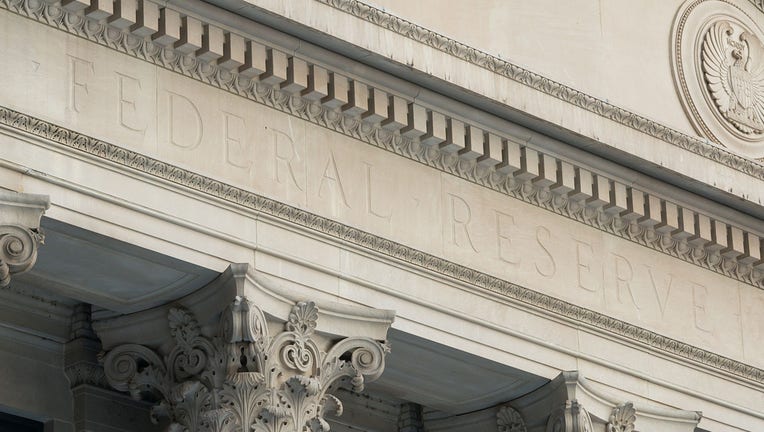Treasury rates drop amid Fed talks on economic stimulus – here’s what that means for interest rates

After the Fed minutes were released, Treasury yields dropped to the lowest level in months. (iStock)
The Federal Reserve released its minutes Wednesday, showing increased discussions of when to remove its economic stimulus, sending interest rates and the stock market plummeting.
The Fed elected at the June meeting to keep the federal funds rate at a target range of 0% to 0.25%. But the meeting minutes showed that Federal Open Markets Committee members are increasingly debating when the federal stimulus should end.
And while the minutes also made clear that the Fed will provide ample warning before making any moves, this talk was enough to send investors away from their bets on surging economic recovery and rising inflation.
The federal funds rate indirectly impacts interest rates for various loan types including mortgage loans, student loans, personal loans and credit cards. As a result of the Fed keeping interest rates at record lows, lending increased with mortgage purchase and refinances surging to all-time highs. If you're looking to lower your interest rate, check out Credible to view your mortgage refinance options before interest rates increase.
FED PROJECTS TWO RATE HIKES BY 2023 – HOW TO LOWER YOUR RATE NOW
As investors changed direction, interest rates hit their lowest point since the winter, according to Freddie Mac's latest Primary Mortgage Market Survey. The 30-year fixed-rate mortgage dropped to 2.9%, the lowest level since mid-February.
"Mortgage rates decreased this week following the dip in U.S. Treasury yields," Freddie Mac Chief Economist Sam Khater said. "While mortgage rates tend to follow Treasury yields closely, other factors can be impactful such as the labor markets, which are continuing to improve per last week’s jobs report. We expect economic growth to gradually drive interest rates higher, but homebuyers and refinance borrowers still have an opportunity to take advantage of 30-year rates that are expected to continue to hover around 3%."
Interest rates may be poised to rise, especially if the Fed’s talks about moving away from bond-buying continues. A retreat from this would not only be the first step away from Fed-driven stimulus that was put in place during the pandemic but would also foreshadow that raising interest rates was on the horizon. But for now, rates remain at historic lows.
Want to take advantage of today’s low interest rates to lower your monthly mortgage payment? You can visit Credible to see your mortgage interest rate from multiple mortgage lenders at once.
THE FEDERAL RESERVE’S EFFECT ON MORTGAGE RATES: WHAT TO KNOW
Other factors are also working to drive Treasury yields to their lowest level since February. For example, the latest employment report shows unemployment rose slightly from 5.8% to 5.9% in June, deviating from the forecasted decrease to 5.6%, according to the latest report from the Bureau of Labor Statistics.
Currently, the 10-year Treasury yield fell to 1.3%, its lowest level since February and a surprise to investors who thought this year’s economic recovery would spur rate adjustments to higher interest rates. These low rates also affect markets such as student loans. Student loan refinances have been on the rise as borrowers look to lower their rates and their monthly payments. If you're in the market to refinance your student loans, you can visit Credible to compare multiple loan options at once and get prequalified in minutes without affecting your credit score.
FEDERAL RESERVE ELECTS TO HOLD INTEREST RATES AT 0%
Have a finance-related question, but don't know who to ask? Email The Credible Money Expert at moneyexpert@credible.com and your question might be answered by Credible in our Money Expert column.

